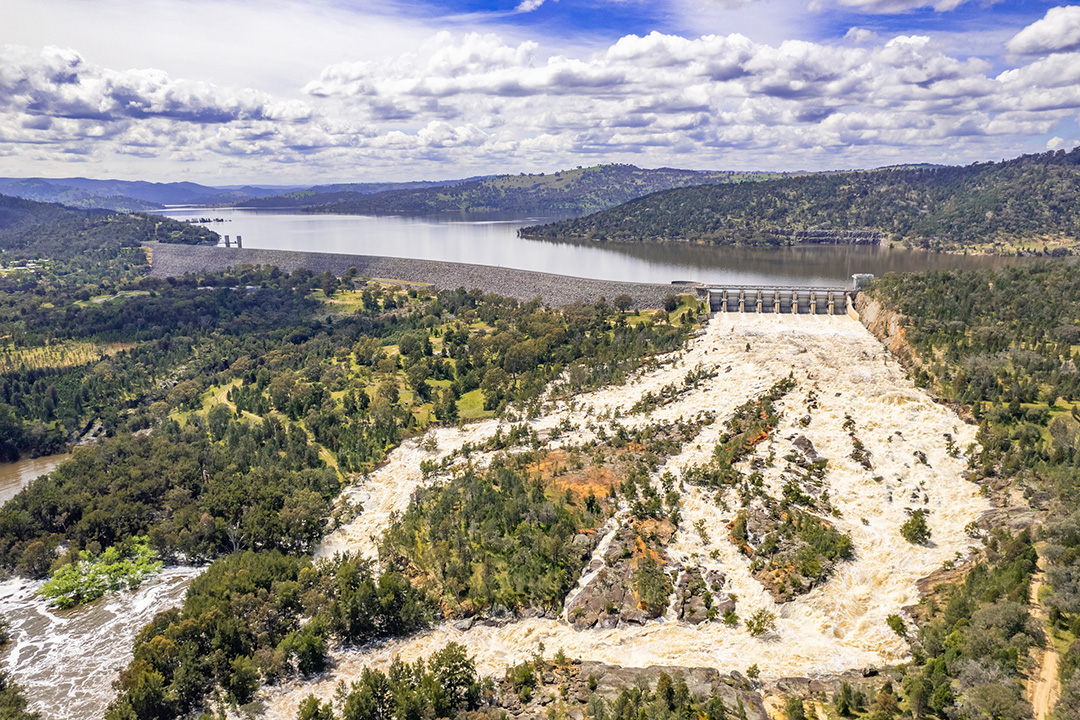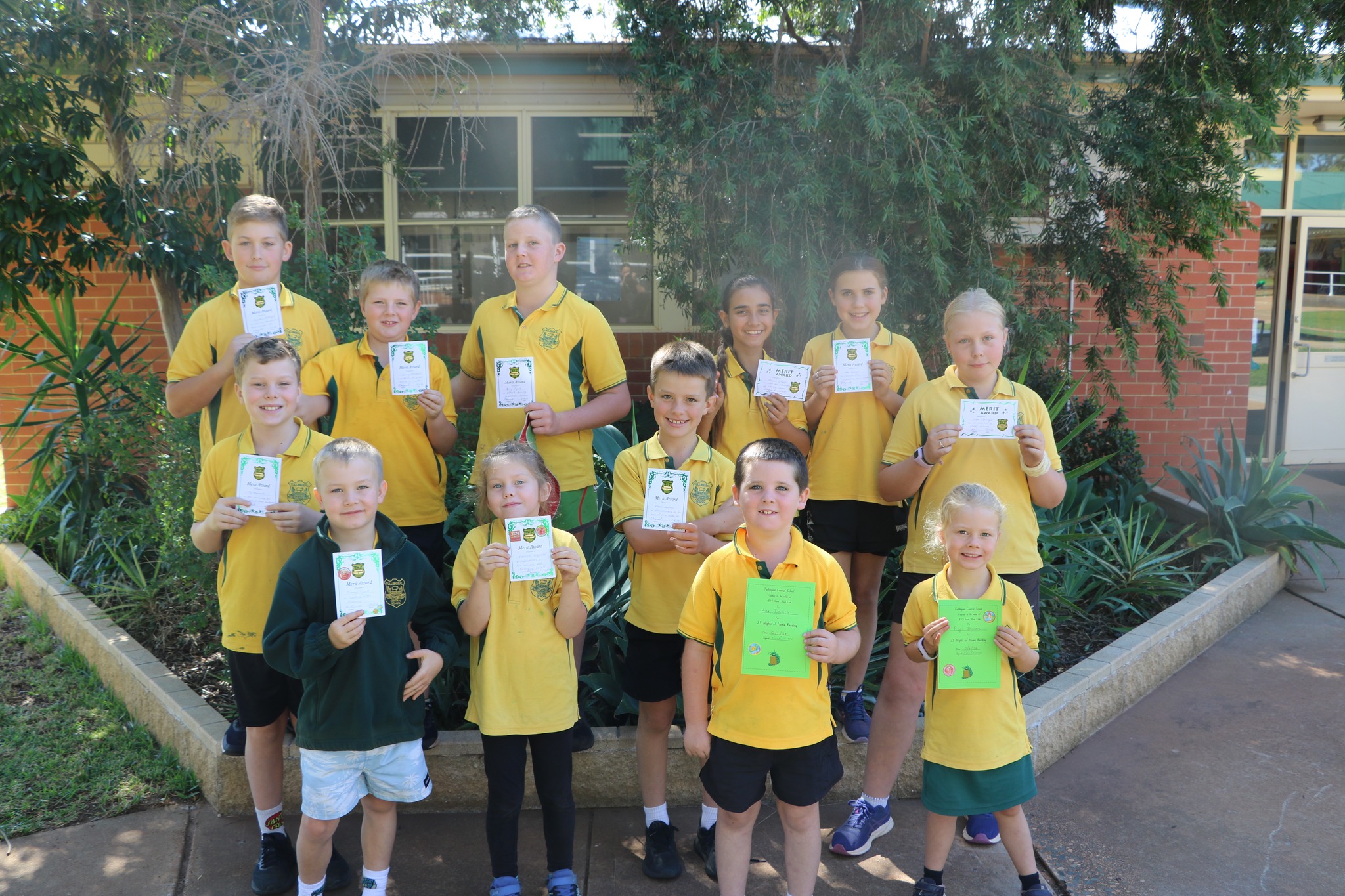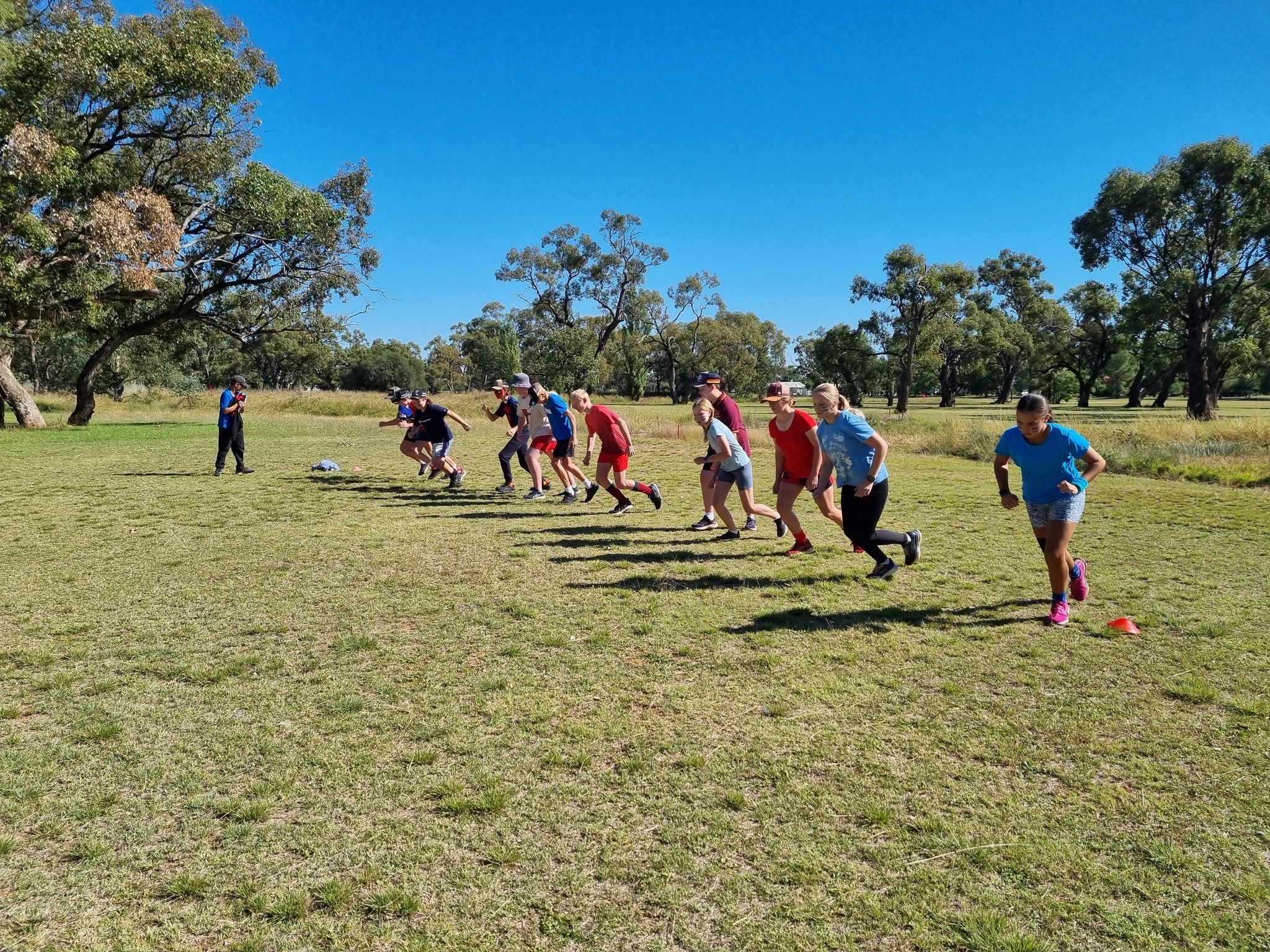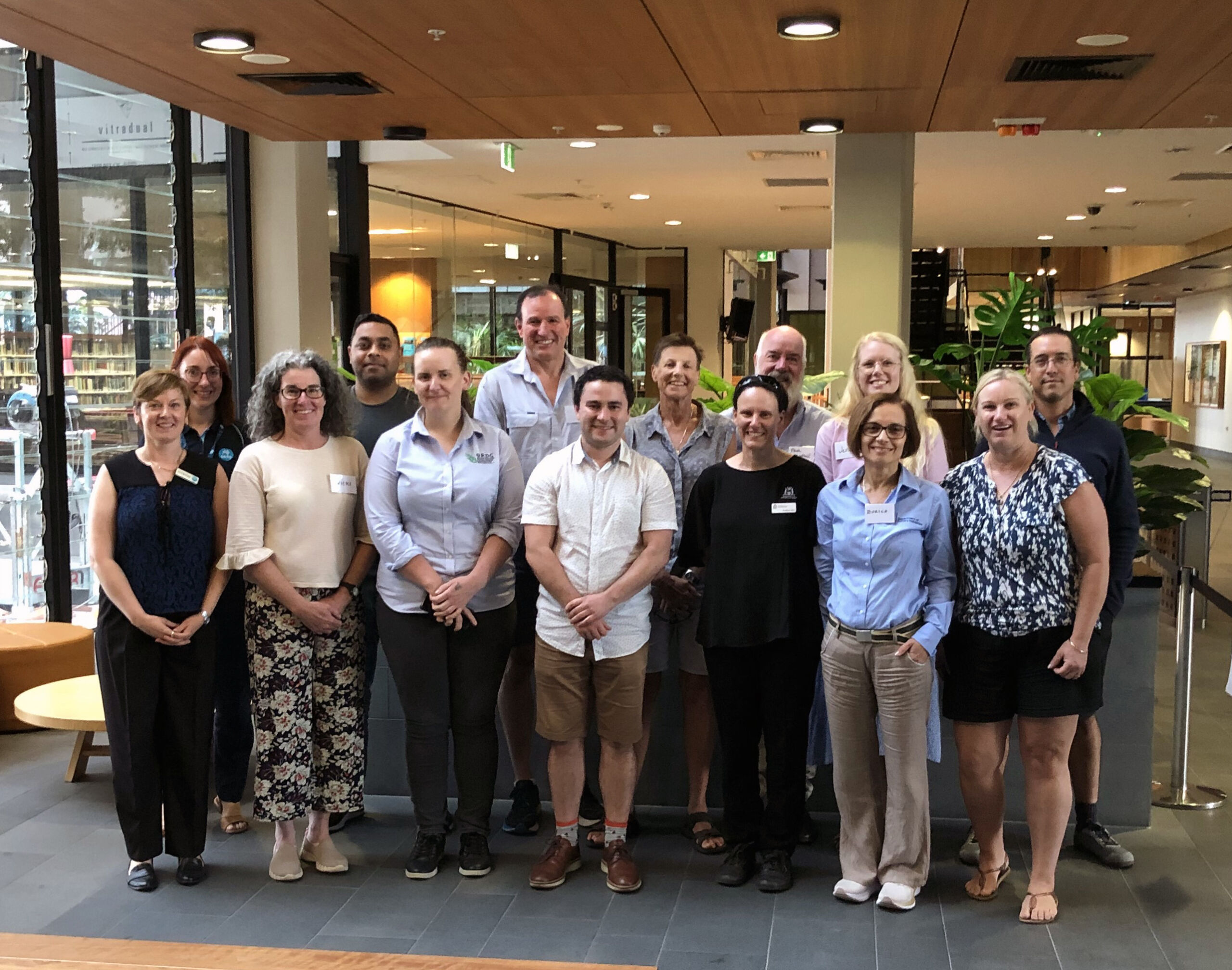WATERNSW REVEALS THE STORY OF FLOOD MITIGATION
Spectacular footage of Wyangala Dam spilling into the Lachlan River in November 2022 became an iconic image of the devastating floods of last year.
In the Lachlan system, floodwaters that devastated communities such as Forbes in mid-November were still making their way downstream to communities such as Condobolin and Lake Cargelligo many weeks later.
“Water released from dams must go somewhere, and a 10 per cent reduction risks pre-flooding downstream when water from the vast surface area of the dam storage is released into the narrow confines of the river, with potentially more wet weather forecast,” a statement titled All about: WaterNSW flood operations read.
“To help get this incredibly delicate balance right WaterNSW for months held regional advisory panels in key river valleys, with landholders, councils and agencies such as the Bureau of Meteorology, and the NSW State Emergency Service.
“Dams are often the unsung heroes during floods, even where extraordinary weather has pushed them to the limit. WaterNSW, in partnership with local communities and emergency agencies, has worked hard to hold water back and protect those communities living with a dam located upstream.”
The wettest Spring on record for both NSW and across the Murray Darling basin brought with it tremendous hardship for thousands of people.
Following is a statement from WaterNSW, titled All about: WaterNSW flood operations which was released earlier this year.
“As manager of the state’s major supply dams, including the dozen or so across regional NSW, WaterNSW operations have been centred on flood operations for many months.
“Dam personnel on site – often living in flooded communities themselves – and expert planners have been working to manage huge volumes of water, not seen in decades, that have flowed into dams over the past 12 months, reaching a peak in Spring.
“As back-to-back rain events and major storms created these large inflows into the dams and generated equally high levels in the creeks and rivers downstream of the dams, WaterNSW staff worked hard to grab the severely limited windows of opportunity to protect local communities.
“A brief snapshot of the challenge facing WaterNSW dam operators this year:
On the Gwydir River, Copeton Dam near Inverell exceeded capacity and spilled more times in the latter part of 2022 than the previous 40 years combined.
In the past 12 months Keepit Dam – the main storage on the Namoi River near Gunnedah that ran dry during the most recent drought – received and released water equivalent to near 2.5 times its storage capacity.
If dams like Burrendong on the Macquarie River near Wellington and Burrinjuck on the Murrumbidgee River near Yass, had both been empty in July, they would have received enough water since Winter to fill and spill almost three times.
“The spectacular footage of Wyangala Dam spilling into the Lachlan River in November became an iconic image of the devastating flood in that region.
“But it could not convey the months of careful calculations and success WaterNSW dam operators had in creating space in the dam between rainfall events to hold back huge amounts of water, before the frightening November deluge finally pushed the dam beyond capacity.
“Over the previous six months Wyangala– which can expect average annual inflows of 560 GL – had received almost four times that amount (2,071 GL), with WaterNSW operators managing to hold the majority of the water back during flood peaks. Once the dams are at capacity the water must be released, but this is carefully managed so it rarely reaches the rate of what’s flowing into the dam. By holding the water back while uncontrolled downstream tributaries peak and begin to recede and only letting it out once this has happened, the full intensity of the flood height is reduced, even when the dam exceeds capacity.
“A common suggestion from flood-weary communities is that dam storages be lowered to capture the flood. While these sentiments are entirely understandable, there are many pieces to this difficult puzzle.
“Firstly, dams only capture water flowing from one part of the upstream catchment. The rivers on which our dams are situated are fed from multiple creeks and rivers, some of these flow into the dams, but many don’t and instead flow in downstream of the dam and its catchment area. It is these uncontrolled tributaries that have caused the worst of the flooding across inland NSW.
“And these tributary flows have at times been enormous.
“For example, in 1971 the previous highest rate of flow ever recorded in the Horton River, a tributary which feeds into the Gwydir River downstream of Copeton Dam, was almost 250 GL/day – more than the spectacular spill from Wyangala Dam in November this year.
“In October 2022 the same Horton River easily broke that record of half a century, by flowing at a peak rate of 330 GL/day.
“Secondly, even if we had a 15% or 20% storage buffer the huge volume of inflows experienced in the later part of 2022 would have filled this up in little more than a weekend in several cases, and some dams have received more water than the equivalent of their entire storage, in a few short months.
“To mitigate flooding our dam managers set out to create as much capacity as possible in the storage between rain events to receive the next round of inflows, a relatively modest accomplishment in most circumstances, but a very challenging one during the rolling La Ninas of 2022.
“Catchments saturated from months of rain not only flood rivers by generating high downstream flows, the volume is larger and it flows for longer, instead of soaking into the earth. In those conditions reducing the storage is like trying to empty a bath with the taps running.
“When the flood risk is high calls to reduce the storage really translate to putting large volumes of water in a river downstream that may well be flooding, or is at risk of doing so.”
Latest News
Merit winners for week 11
Congratulations to the Tullibigeal Central School Merit Award Winners for [...]
CJCA players recognised for their efforts
Condobolin Junior Cricket Association held their annual Presentation Day at [...]
Condobolin Public School commemorates
On Thursday, 11 April Condobolin Public School held their ANZAC [...]
Cross Country 2024
On Friday 12th April, Trundle Central School held their annual [...]
Competing in the PSSA NSW State Swimming Championships
A massive congratulations to Tullibigeal Central Schools super fish, Veritty, [...]
Managing canola pests using beneficial insects
Australian grain growers will benefit from improved pest management strategies [...]










